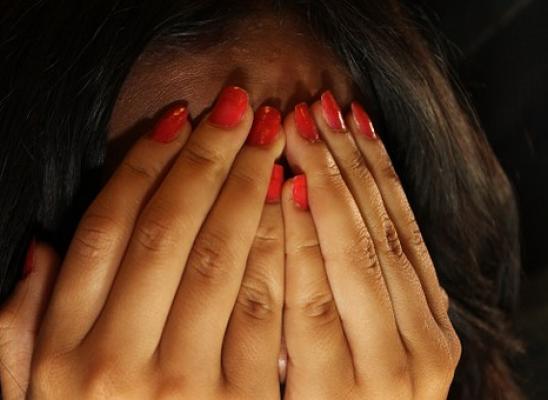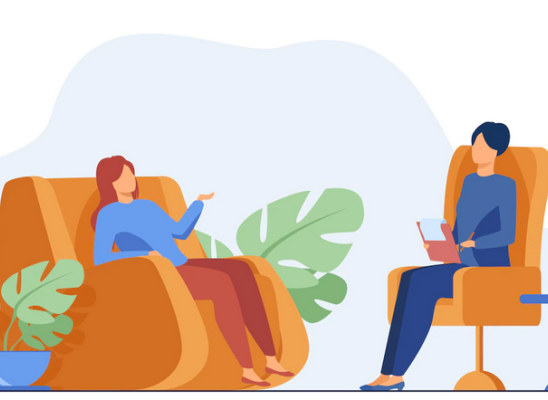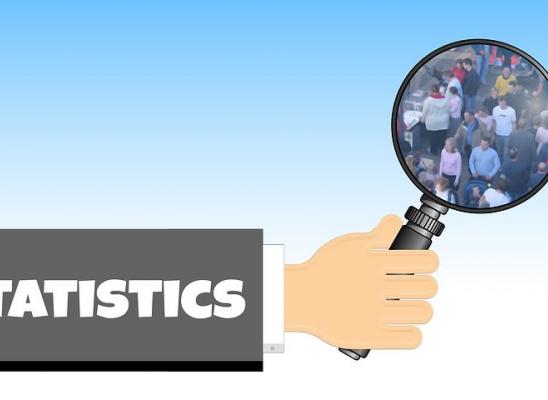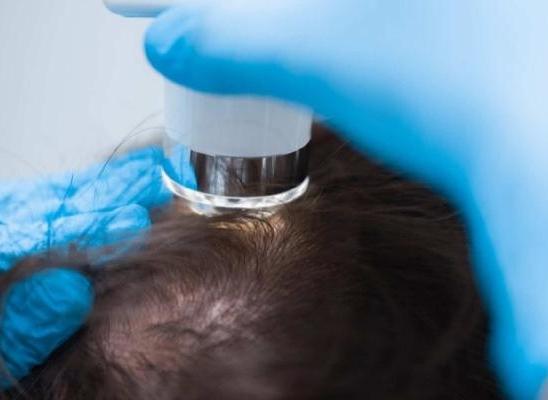Breaking the Myths About Trichotillomania

Online test
Find out the severity of your symptoms with this free online test
If you've ever caught yourself pulling at your hair during a stressful moment, you might assume it's just a momentary nervous response and nothing more. But for millions of people worldwide, hair pulling is much more than a response to stress.
Trichotillomania, also known as hair pulling disorder or “trich”, is a clinically recognized mental health disorder. Yet it remains one of the most misunderstood conditions. If you or a loved one is living with trichotillomania, you’ve probably found yourself having to explain more than once what it is and probably just as often, what it’s not.
Like most issues related to mental health, awareness and education are the keys to a better understanding of trich and compassionate care and support for those living with it. Here we’re going to break down the most common myths surrounding trichotillomania. But first, let’s look at some facts about trichotillomania.
Just the Facts
Trichotillomania is a body-focused repetitive behavior (BFRB) characterized by recurrent and irresistible urges to pull out one’s hair causing noticeable hair loss and significant emotional distress.
- Trich is included in a class of disorders known as Obsessive Compulsive and Related Disorders. While it is not OCD, it shares some similarities with OCD.
- The causes of trich are not entirely clear but are thought to be a combination of neurobiological, psychological and genetic factors.
- The act of hair pulling is a complex behavior thought to be a means of emotional regulation and managing distressing emotions.
While many people associate trich with pulling scalp hair, pulling can occur anywhere on the body. Some people pull from multiple sites. Common sites to pull from include:
- Scalp
- Eyebrows and eyelashes
- Beard and mustache area
- Arms and legs
- Pubic region
- Not everyone pulls their hair in the same way and how someone pulls can change over time.
- Some people engage in rituals around their hair pulling such as examining pulled hairs, playing with, biting, or even saving their pulled hair.
Who Trichotillomania Impacts
Trichotillomania affects approximately 1-2% of the population, though it is generally believed that the actual number may be higher due to underreporting.
- Onset is typically in late childhood or early adolescence
- Adults can develop trich
- Trich is more commonly diagnosed in females, though this may partly reflect gender differences in help-seeking behavior.
- Trich does not discriminate. It can affect people from all cultures, backgrounds and walks of life.
Even with these many known facts, a number of myths about trich persist.
Breaking the Myths
Myth #1: "It's Just Stress"
Trichotillomania is a mental health disorder and not simply a stress response.
Yes, stress can trigger bouts of hair pulling, trich is more than just a stress response. Trich is a clinically recognized mental health disorder with complex neurobiological and psychological underpinnings. Stress is one of many triggers to pulling. People with trich sometimes also pull when they’re bored, relaxed, or engaged in activities like watching TV. Reducing stress alone rarely resolves the disorder.
Myth #2: "It's Just a Phase"
Trichotillomania is a diagnosable mental health disorder and not a phase that people go through.
It’s not uncommon for parents and even healthcare providers to sometimes dismiss hair pulling as a phase that children will outgrow. While it’s true that some very young children may stop spontaneously, childhood trich rarely resolves without intervention. Without proper treatment, the disorder often continues into adulthood.
Myth #3: "Just Stop!"
Trichotillomania is not simply a “bad habit” that one can “just stop”.
Trich involves complex neurobiological pathways related to reward, impulse control, and emotion regulation. The urges to pull can be overwhelming. While it may be well-intentioned, telling someone to “just stop” can be quite hurtful and even exacerbate the behavior you’re trying to stop.
Myth #4: "It's All About Attention-Seeking"
People with trich tend to be attention-avoiding.
People with trich don’t pull their hair for vanity or attention. In fact, they often go to great lengths to hide their pulling and their hair loss. The pulling often occurs in private and avoiding situations where attention may be on them is a common tactic to avoid attention.
Myth #5: “It’s Self Harm!”
This type of hair pulling is not considered self-harm behavior.
Self-harm is intentional behavior with the goal of coping with distressing or uncomfortable feelings. Trich, on the other hand, is a compulsion-driven behavior. It is not derived from the same complex psychological underpinnings as self-injury. The urge to pull can be driven by both neutral and negative factors. For example, some people pull without awareness. Boredom, rather than a negative emotion, is a commonly cited trigger.
The Importance of Awareness and Education
Misunderstanding can contribute to delayed diagnosis and treatment as well as unnecessary personal struggles. Education helps families, friends and even healthcare providers to recognize the signs early and respond with compassion and care.
Awareness can also help to reduce feelings of isolation. Being able to openly share experiences in safe and supportive spaces encourages honest conversations and reminds those affected that they're not alone.
Recovery is possible, and it starts with taking that brave first step toward help.
Seek Help
If you or someone you love is living with trich, you don’t have to do it alone. At Trichstop, we have a team of experienced therapists who can help you understand your trich and find healthy ways to manage it. And online therapy means that you can see your therapist when and how it works best for you. You deserve support, understanding, and effective treatment. TrichStop can help.
References
1. Grant, J. E., Dougherty, D. D., & Chamberlain, S. R. (2020). Prevalence, gender correlates, and co-morbidity of trichotillomania. Psychiatry research, 288, 112948. https://pmc.ncbi.nlm.nih.gov/articles/PMC7212053/
2. Harrison, J. P., & Franklin, M. E. (2012). Pediatric trichotillomania. Current psychiatry reports, 14(3), 188–196. https://pmc.ncbi.nlm.nih.gov/articles/PMC3366724/
3. Grant, J. E., & Chamberlain, S. R. (2021). Trichotillomania and Skin-Picking Disorder: An Update. Focus (American Psychiatric Publishing), 19(4), 405–412. https://pmc.ncbi.nlm.nih.gov/articles/PMC9063575/
Online test
Find out the severity of your symptoms with this free online test
Start your journey with TrichStop
Take control of your life and find freedom from hair pulling through professional therapy and evidence-based behavioral techniques.
Start Now



